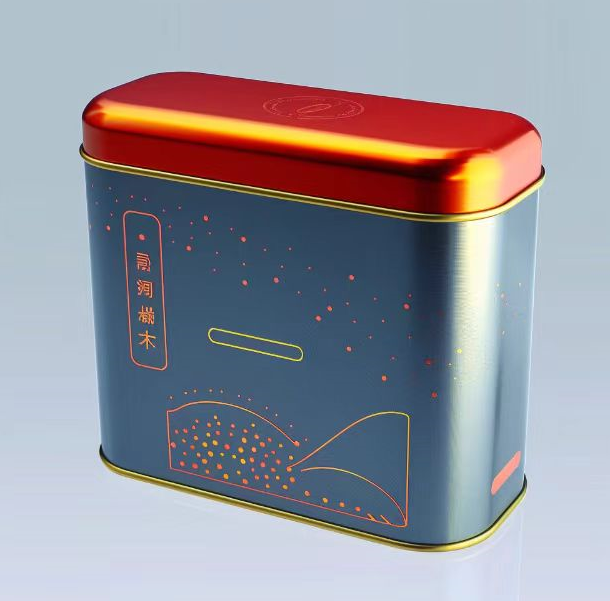
Designing and decorating tin boxes is a detailed and creative process that transforms simple sheets of metal into beautifully functional packaging solutions. This comprehensive process caters to various uses such as gift boxes, food storage, and even decorative purposes. Below is an integrated overview of each step involved in creating these attractive and practical tin boxes.
1. Conceptualization
Every design starts with an idea. Depending on the box's intended use—whether for gifts, food storage, or decoration—the design team brainstorms ideas taking into account the target audience, the contents to be housed, and specific branding requirements.
2. Design and Sketching
Designers draft initial sketches using digital tools or hand-drawing methods. This step determines the structural shape, size, and design elements that will be featured on the tin box. These designs are refined through client feedback and further visualization using 3D modeling.
3. Graphic Design and Artwork
Graphic designers develop the visual aesthetics like color schemes, images, and typography. This phase might involve creating original artwork or adapting existing brand elements to suit the tin’s dimensions. All designs go through rigorous proofing and adjustments to meet approval standards.
4. Preparation for Production
The approved artwork is formatted for the manufacturing process, ensuring all graphics are high resolution and in the correct color mode, typically CMYK. Dies and templates for new shapes or sizes are also created during this stage.

5. Printing and Coating
Various printing methods such as lithography, digital, or screen printing are chosen based on quality, quantity, and cost considerations. After printing, the tins may receive a protective coating to prevent corrosion and enhance durability. Techniques like embossing or debossing can be applied to add texture.
6. Manufacturing and Assembly
Printed metal sheets are cut, shaped, and then assembled into the final box design. This might involve stamping, molding, soldering, or spot-welding, especially to secure joints and add functional components like hinges or clasps.
7. Quality Control and Packaging
Each batch of tin boxes is meticulously inspected to ensure there are no defects. They undergo tests for durability and safety according to relevant standards. Once approved, the boxes are carefully packaged to avoid damage during shipping.
8. Shipping
Finally, the finished products are distributed to clients or retail locations, ready to make a visual and practical impact on the market.
This extensive process ensures that each tin box is not only visually appealing but also functional and durable, aligning with consumer expectations and branding requirements. The ability to customize at every step allows for endless creative possibilities, making tin boxes a popular choice for versatile and attractive packaging.